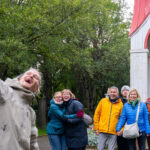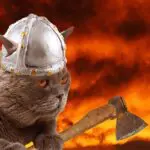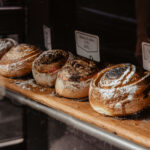Haustmánuður, or Autumn Month, was the last month of the Old Icelandic Calendar. It was the time when farmers did their sheep round-up, and the slaughter season began.
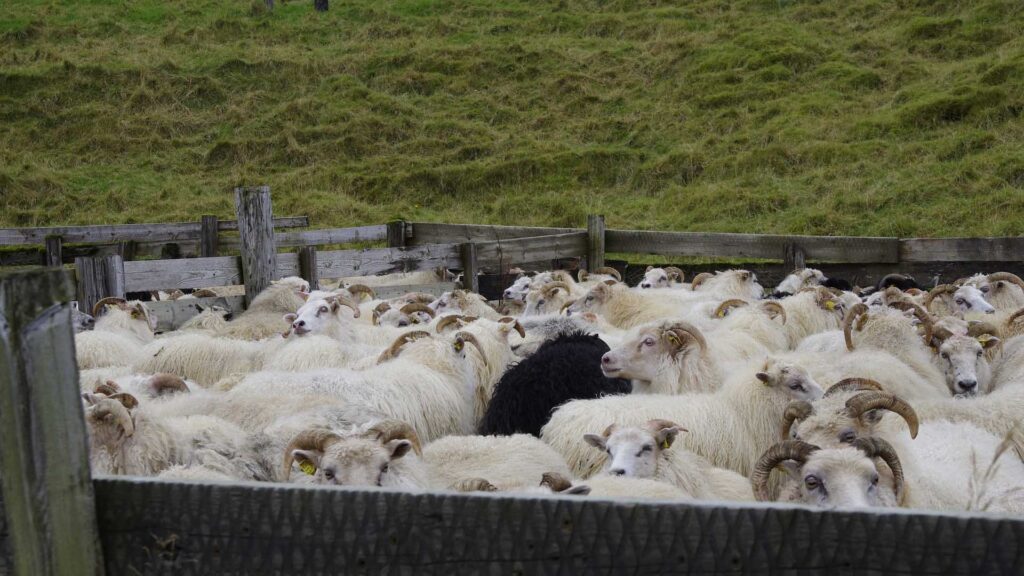
Nordic and Northern European people used the Norse calendar until Christianity took over. However, Icelanders kept using their calendar version, especially the names of the months, until the 18th century. Icelanders still use a few month names, especially þorri, góa, and harpa. The first days of those months are the husband’s day, the woman’s day, and the first day of summer, respectively.
You can read all about the calendar here. Then we have posts about individual months:
The last summer month of the old Icelandic calendar is haustmánuður. It literally means Autumn Month. It has also been called “garðlagsmánuður” or Garden Wall Month.
In the old Icelandic calendar, Haustmánuður is the twelfth and last month of the year, as well as the last summer month. Haustmánuður always begins on a Thursday between September 21st and 27th.
After the transitional month of tvímánuður, it is time to start doing the autumn chores, such as rounding up the sheep and lambs from the mountains.
Sheep Round-Up
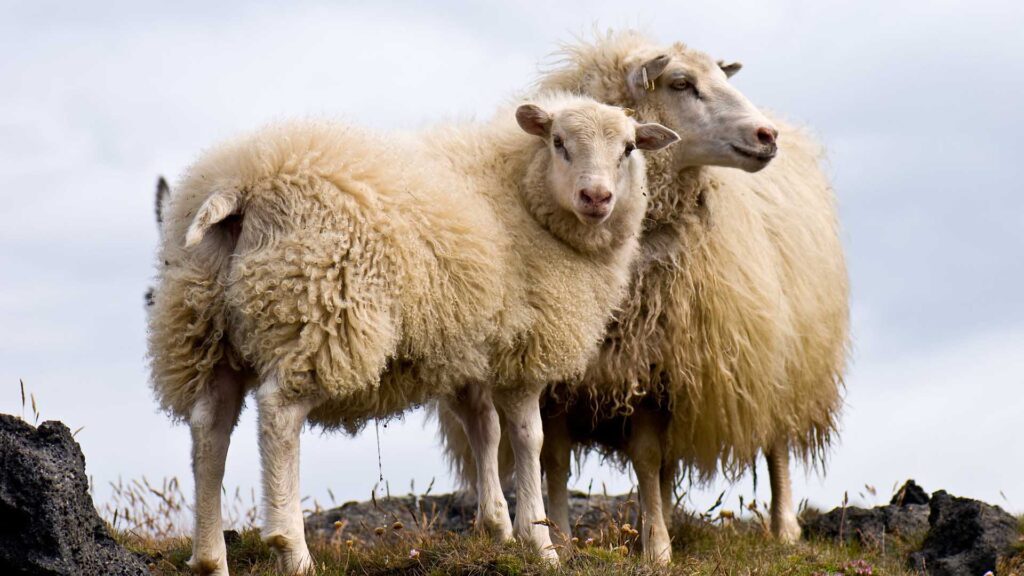
The first sheep roundups happened in the 22nd week of summer (the last week of tvímánuður) or a week before St Michael’s Day (September 29th). The district administrative officer chose the Rounding Chief, which was considered a venerable position to have. The district administrative officers also determined how much each district farmer should contribute. It mainly depended on the number of sheep they had.
The first thing they did was ride to the highland pastures and get together in a specific place. That usually was also where they put up their tents if a small hut had yet to be built for them. There, there Rounding Chief delegated chores, told people where to go, and they had to obey the chief in every way.
This custom of rounding up sheep in the autumn months is still going strong, and despite the hard work, much fun will be had.
The slaughter season lasted from St. Michael’s Day until Winter Nights (end of October). However, some farmers didn’t slaughter their old ewes until it was well into winter. They believed old ewes kept getting fatter while other sheep got thinner.
If you’re interested in learning more about Icelandic traditions and folklore, check out our Reykjavik Folklore Tour.




